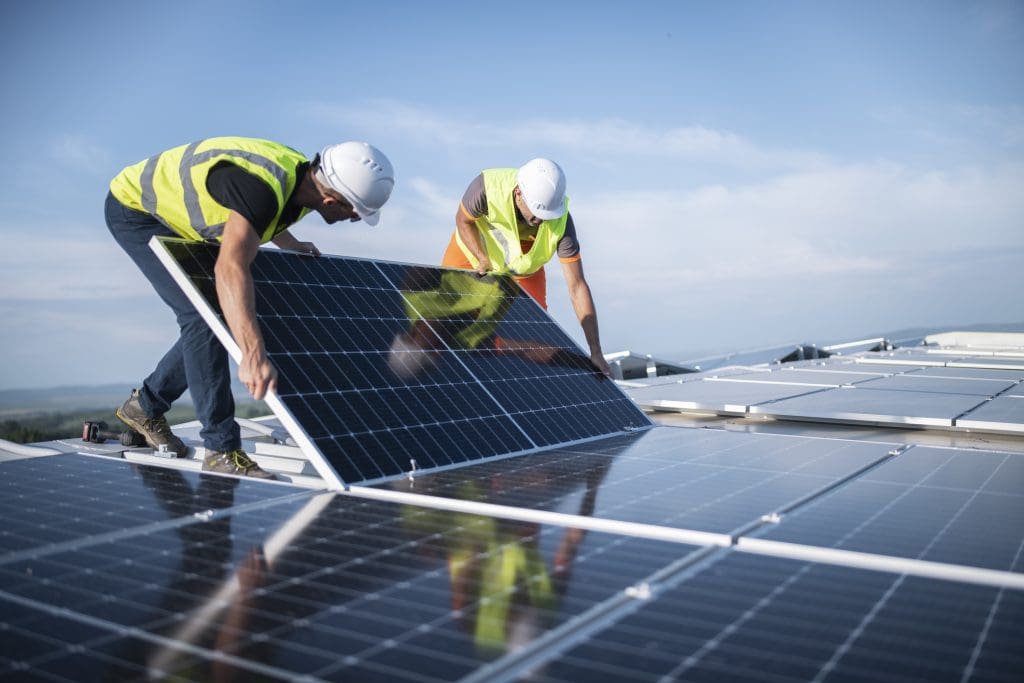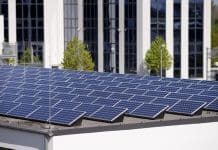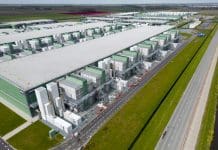By optimising energy consumption through automation and advanced technologies, smart buildings can play a significant role in reducing carbon emissions. Stacey Lucas, president of the Building Controls Industry Association (BCIA), looks at the various ways in which smart buildings can help the built environment reduce its carbon footprint
With the built environment one of the UK’s leading contributors to carbon emissions, identifying ways in which the carbon footprint can be reduced is essential.
According to the UK Green Building Council, the built environment contributes to around 25% of the UK’s carbon footprint, from both operational emissions, such as the energy used to power, heat, and cool buildings, and embodied carbon.
With the UK targeting net zero by 2050, now is the time for building owners and property developers to invest in innovative solutions that can help them reduce emissions and meet sustainability targets.
The urgent need to mitigate the impacts of climate change and reduce carbon footprints is leading many property owners to consider the benefits of smart buildings.
However, outside of the construction industry, little is known about the advantages of such buildings and how they can play a vital role in improving energy efficiency, reducing energy consumption and enhancing occupant wellbeing.
So it’s imperative that everyone in the built environment highlights exactly why smart buildings are set to be a major driving force in the journey towards net zero.

Implementation of energy efficient systems
Substantial reductions in carbon emissions can be achieved by the installation and implementation of building automation systems, technology frequently utilised by smart buildings.
These systems enable all devices throughout the building, such as lighting, heating, ventilation, cooling and security systems, to be connected to one simple platform.
Smart lighting and HVAC systems can then be automated to activate dependent upon occupancy and schedules. As a result, energy can be consumed more efficiently, not only saving building owners and tenants vital expenditure on energy bills but also reducing the building’s carbon emissions significantly.
Accurate monitoring and reporting of energy usage
Smart buildings often take advantage of the Internet of Things (IoT), a network of interrelated devices that connect and exchange data with the cloud and other IoT devices.
In addition to giving quick access to data on energy consumption, this innovative technology allows the tracking of real-time environment information, meaning the smart building’s systems and operations can adapt to external weather conditions.
Data will also inform building owners and housing associations how a building is being used, supporting effective space management. Additionally, preventative and planned maintenance can be efficiently scheduled, potentially reducing building management costs and increasing yield.
The up-to-date and accurate data will enable a clearer understanding of any areas of excessive energy consumption to help implement energy efficiency measures.

Integration of renewable energy sources
With an aim of circumventing the effects of climate change and reducing overall carbon emissions, smart buildings typically rely on technology that is driven by carbon-neutral practices. As such, alternative energy sources, such as solar panels, are often utilised.
More environmentally sustainable, enabling the buildings to convert sunlight into energy, solar panels will reduce the building’s reliance on fossil fuels, minimising carbon emissions and helping building owners meet strict sustainability targets.
Building owners and tenants could then see significant savings on energy bills, with a report by E.ON revealing that an installation of solar panels could cut electricity bills by up to £400 per year.
Specialised water systems to improve water efficiency
With conserving water key to reducing energy consumption, as energy is needed to heat, pump and filter water into buildings, smart building technology has led to the implementation of more efficient water management systems.
Smart plumbing systems typically utilise advanced hydraulic modelling techniques for low-flush toilets, eliminating waste in water channels more efficiently, with minimal usage of water.
Additionally, the natural elements of the building’s architectural design, such as plants and green roofs, enable more water-efficient irrigation systems to optimise water usage even further.
A more sustainable built environment also means better environments for occupants
Aside from the reduced carbon emissions benefits, smart buildings also play a pivotal role in the health of occupants.
By ensuring better air quality throughout the building, building management systems help to increase productivity and comfort, reducing the number of sick days taken by staff.
Additionally, the efficient integration of BACS throughout the building will help to not only accurately manage ventilation, air conditioning, lighting and heating in meeting spaces but also make it easy for visitors and staff to find their way around the building through the effective use of digital signage.
Sustainability is now a crucial aspect of the design and construction of any building. So, with the built environment still one of the largest contributors to the UK’s carbon emissions, now is the time for property developers and building owners to truly embrace the energy saving benefits of smart buildings.














